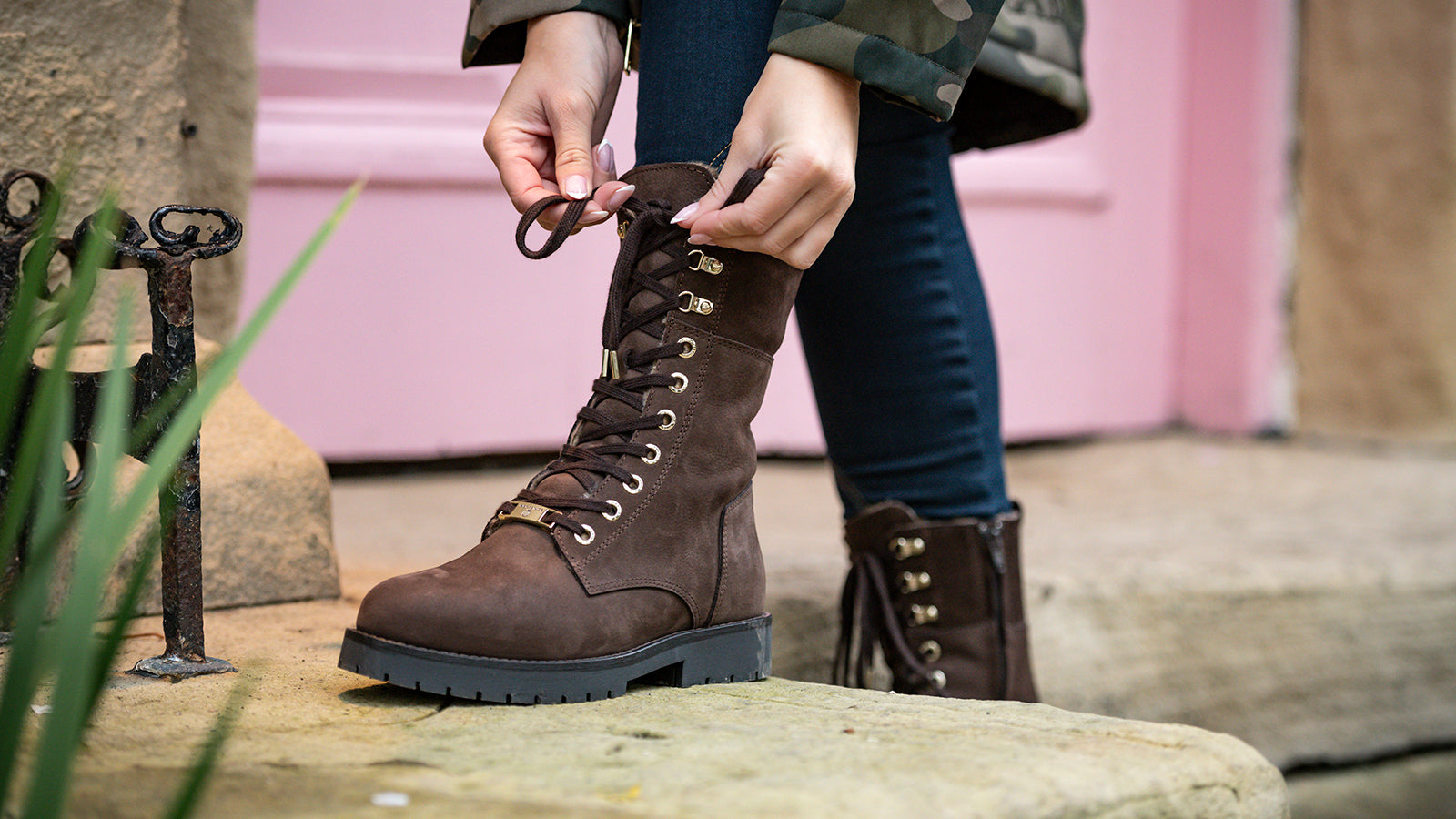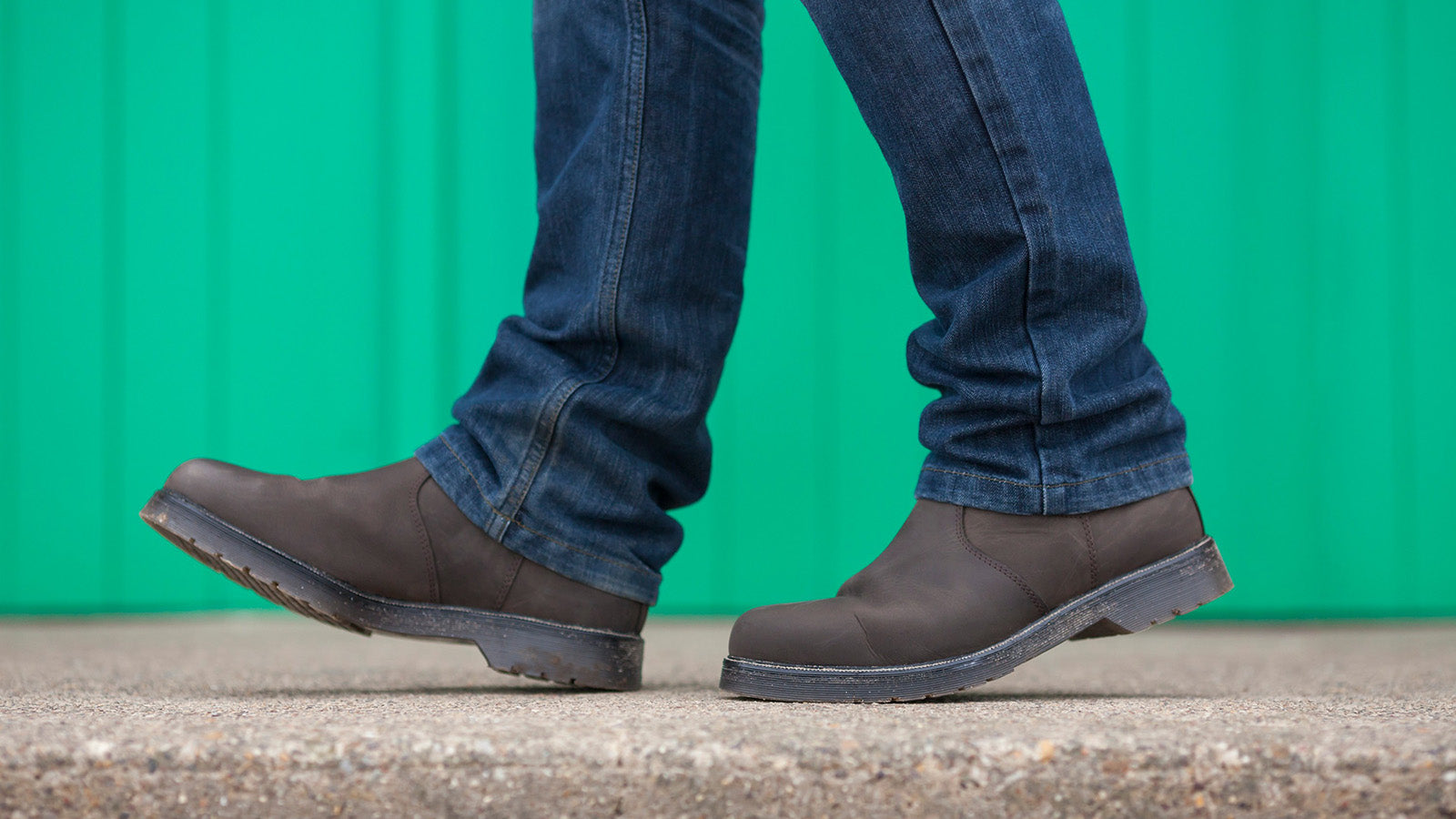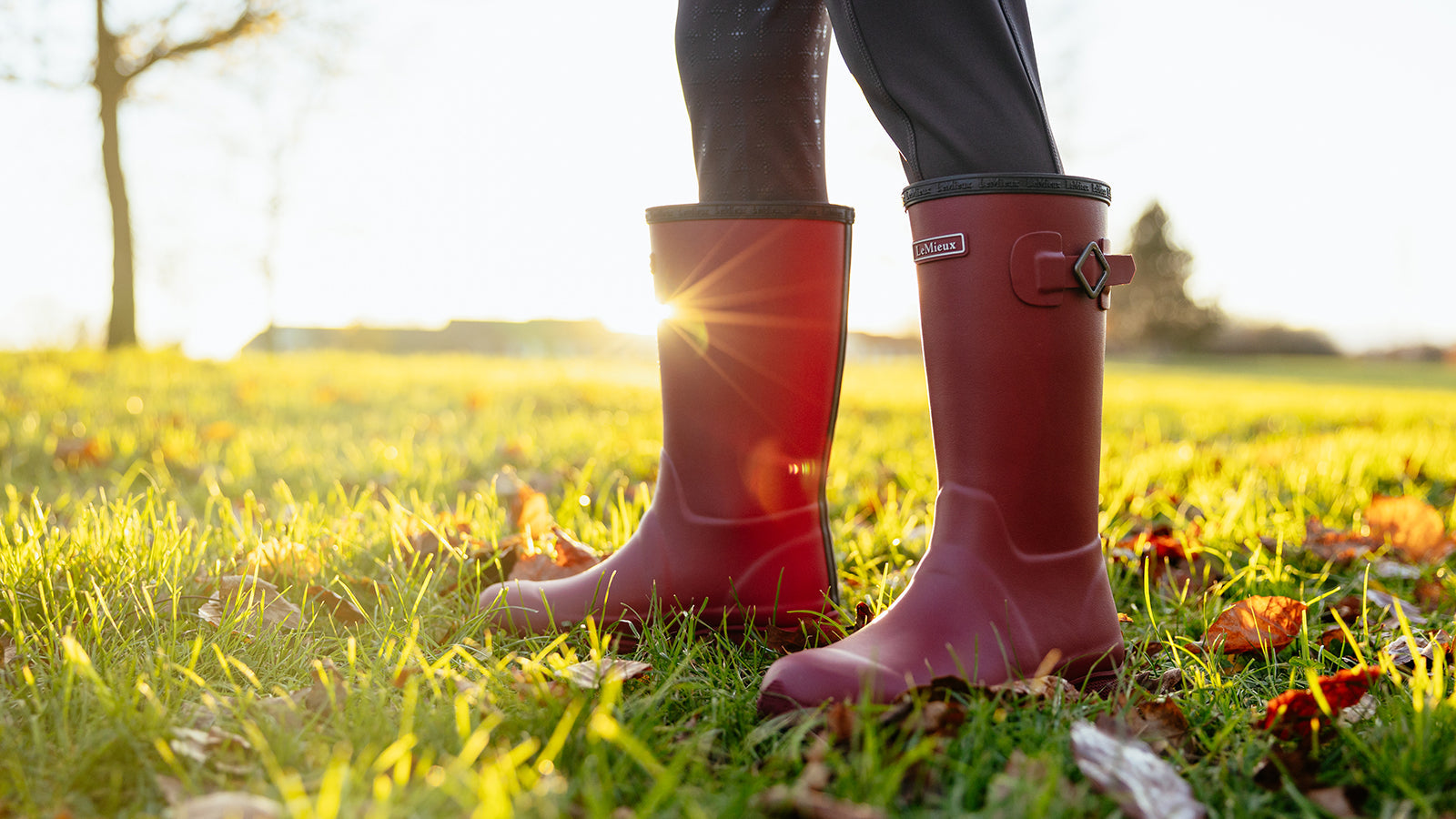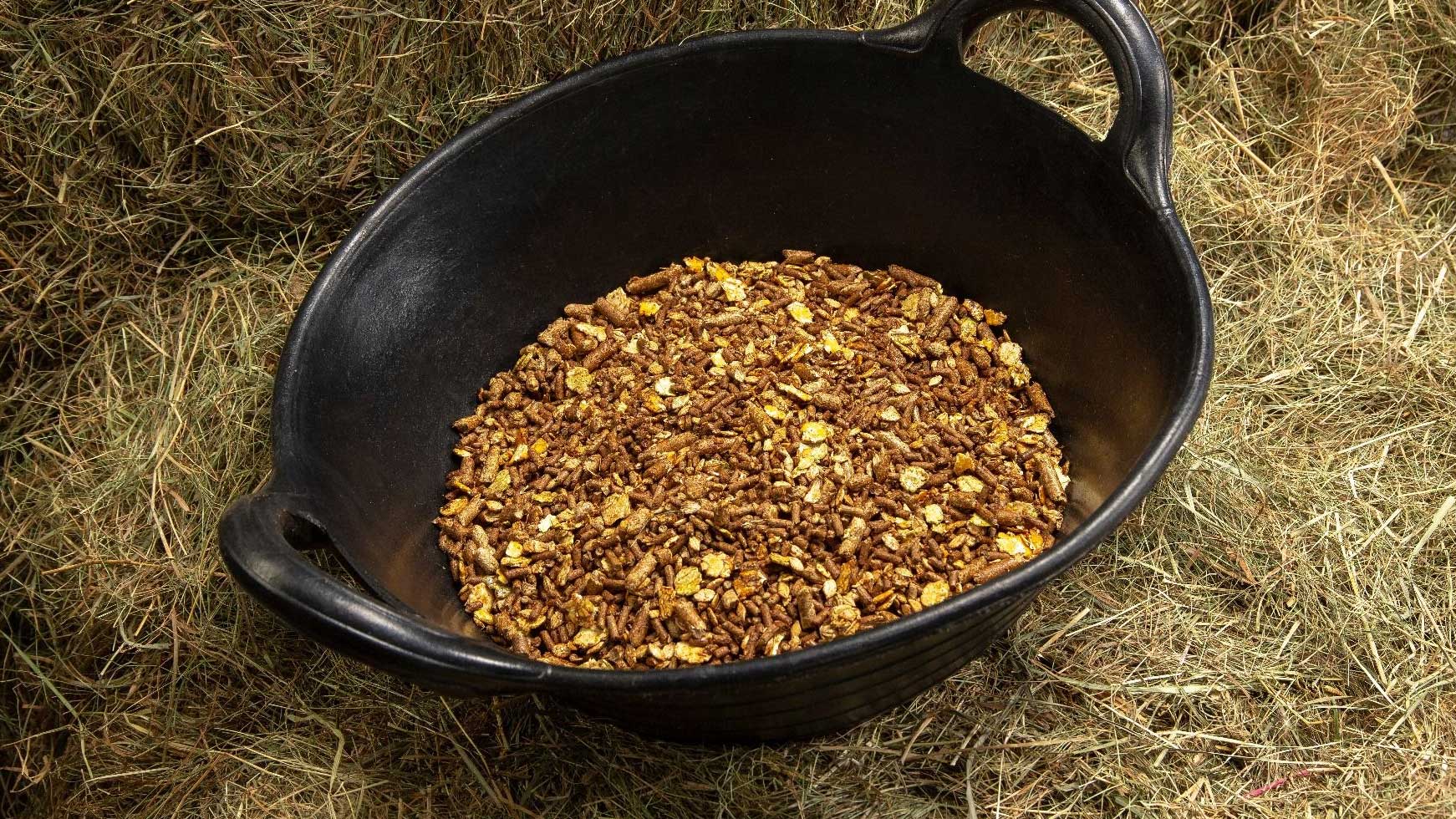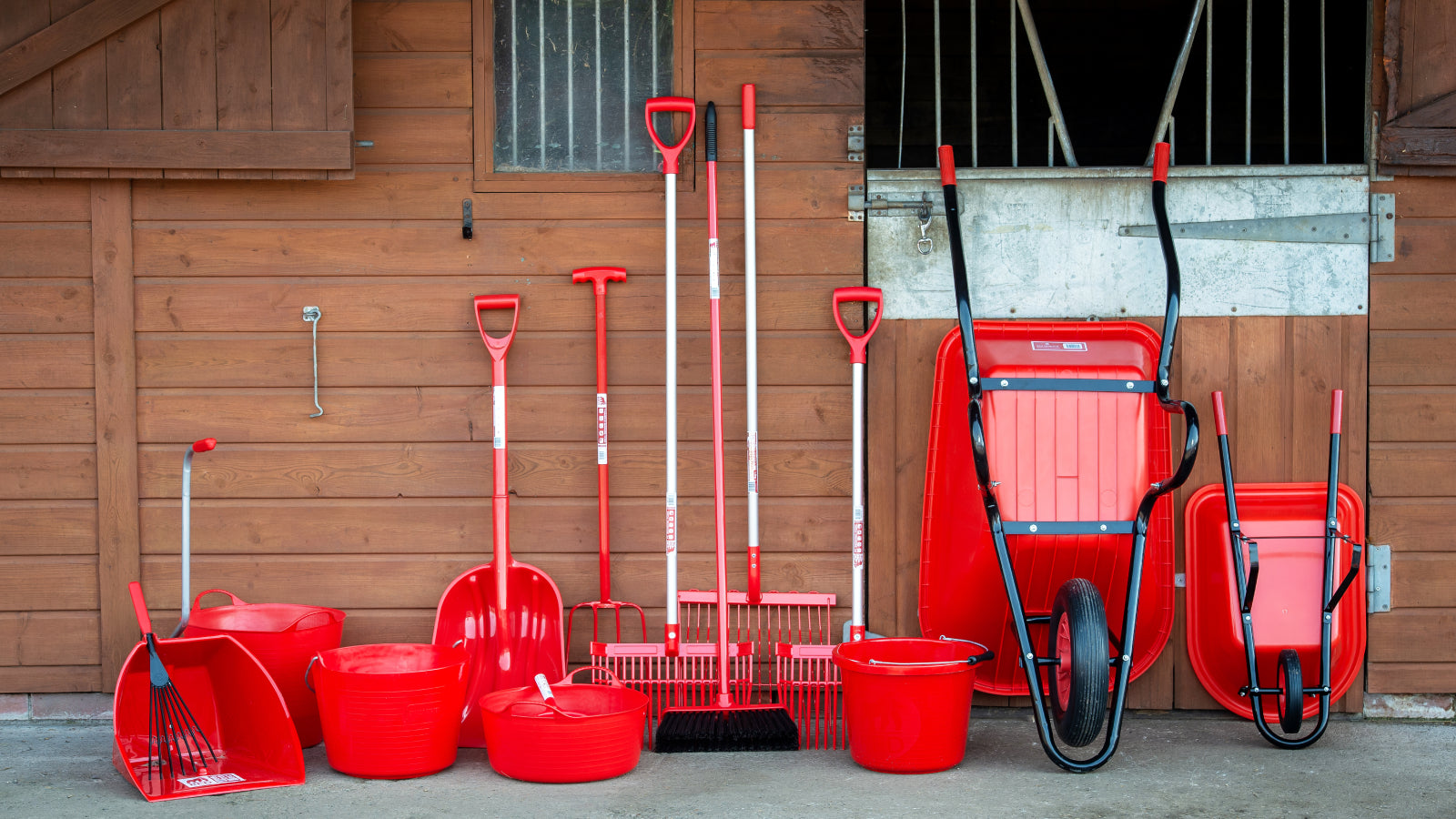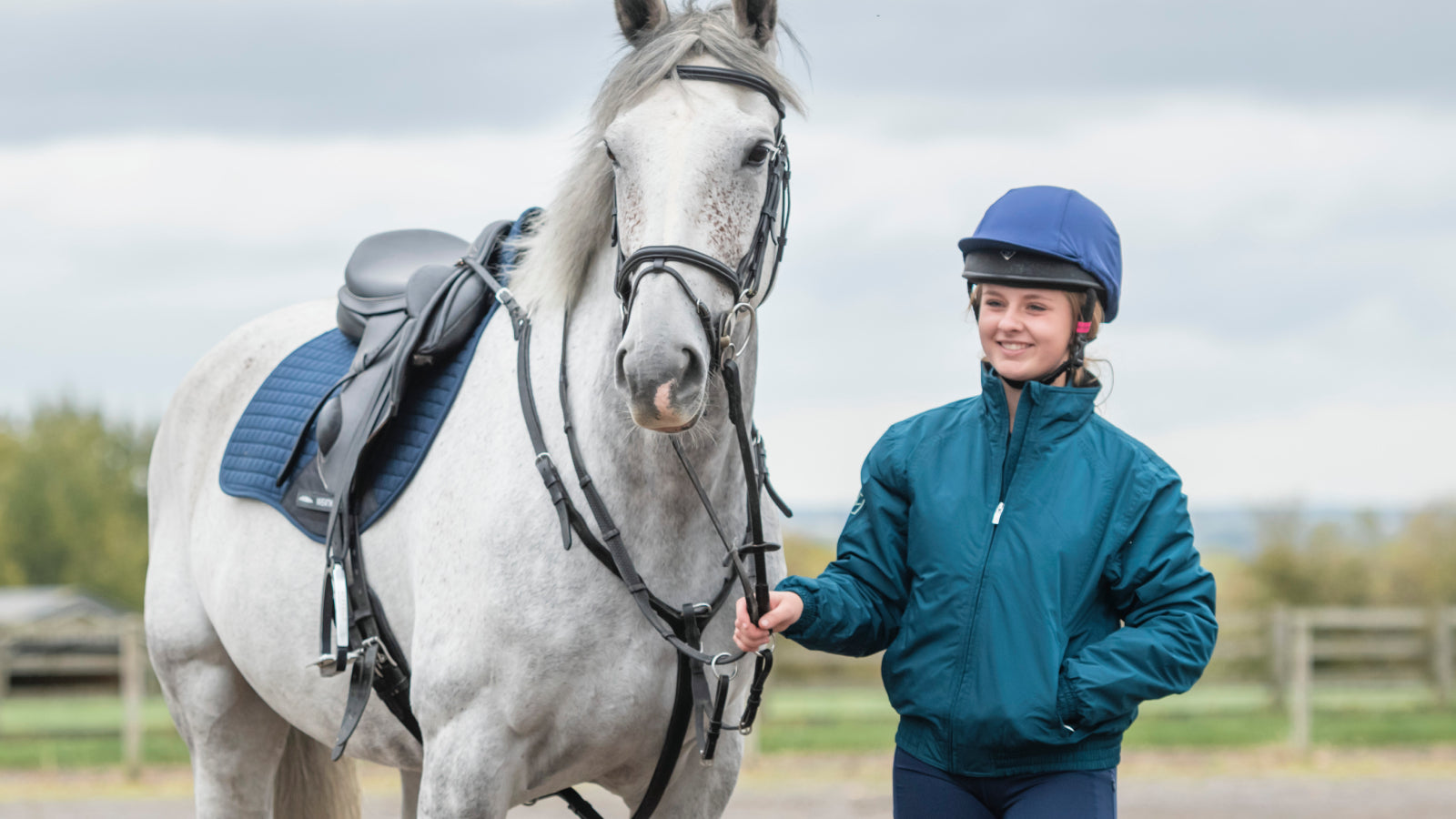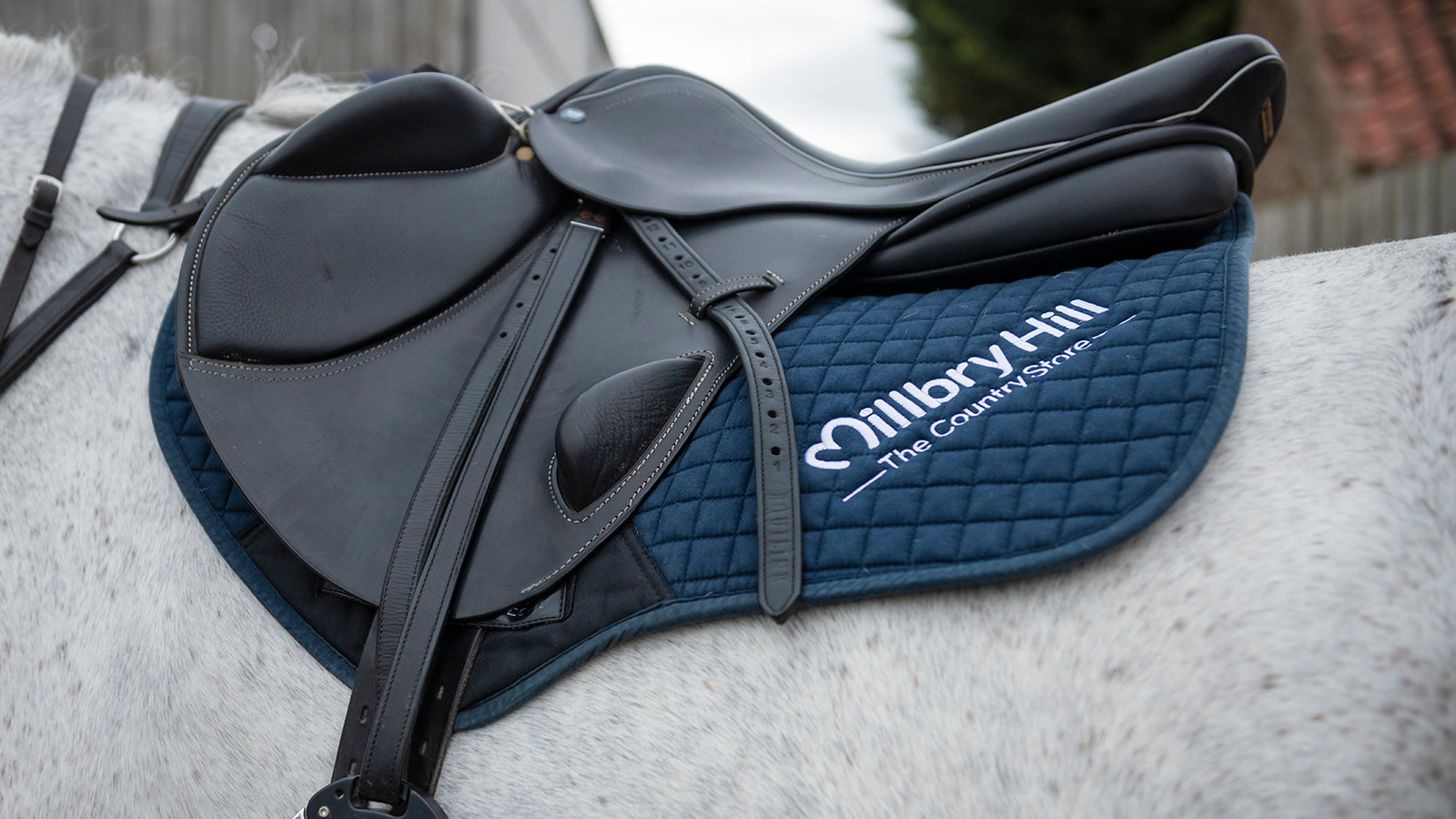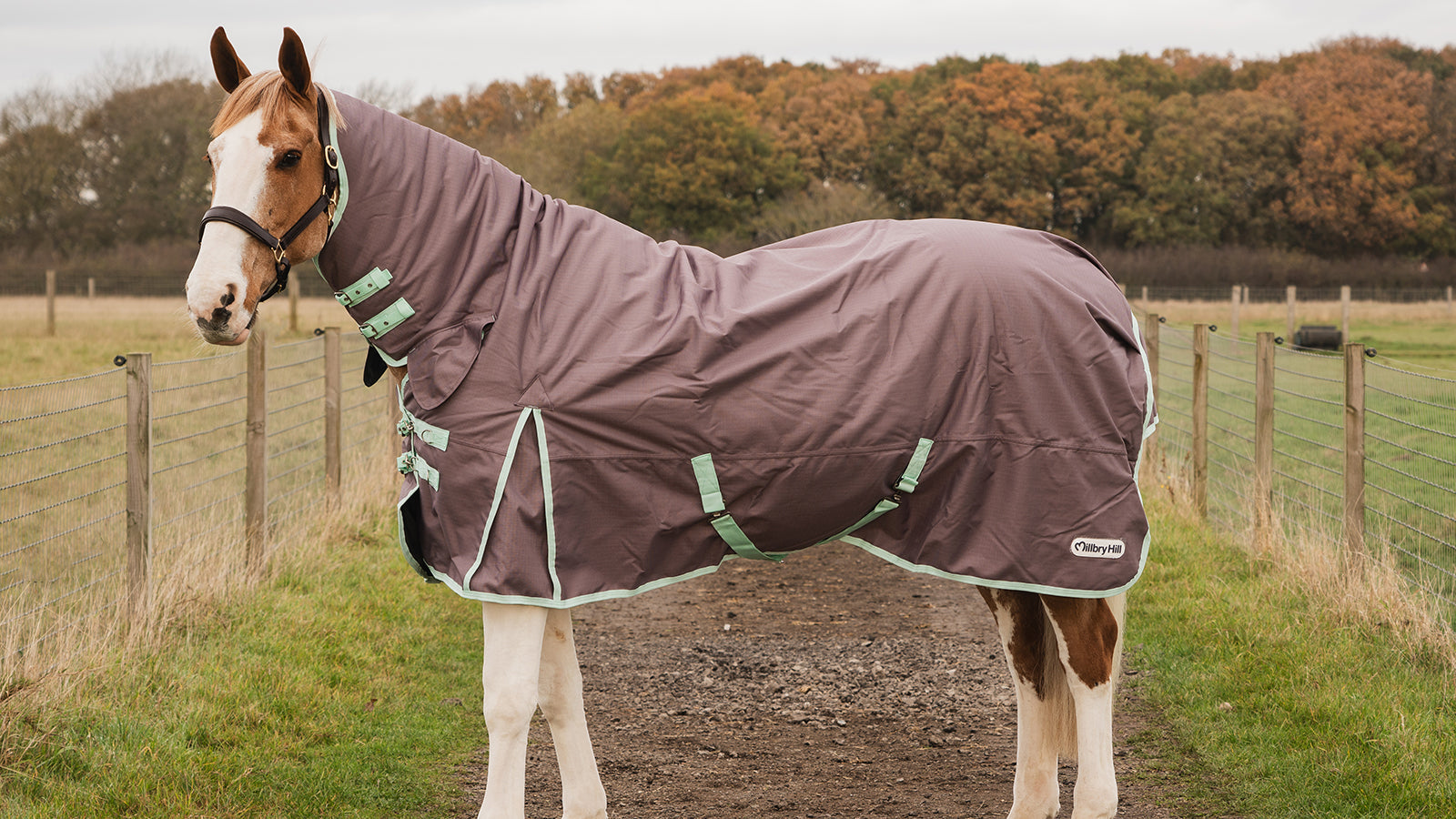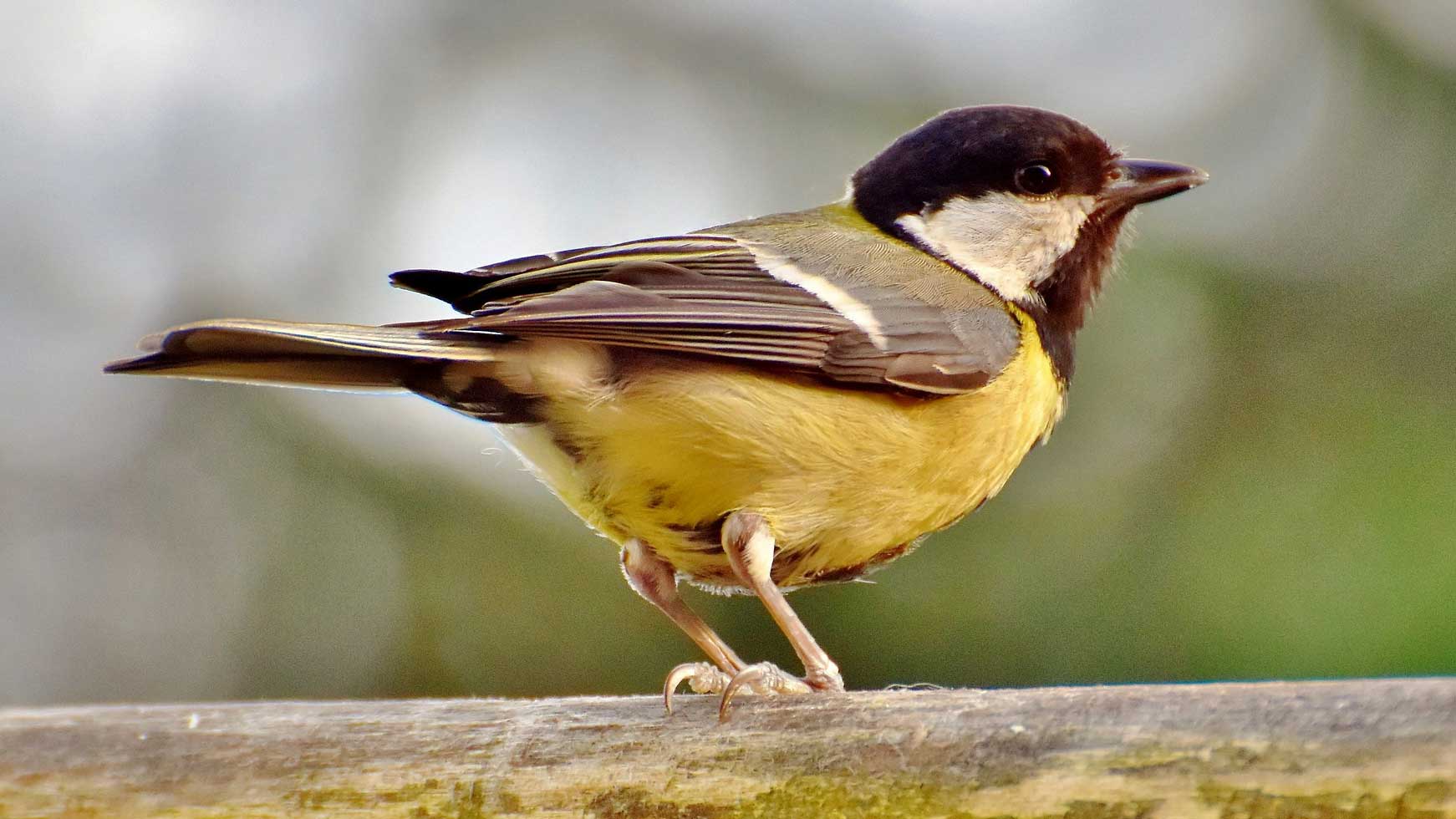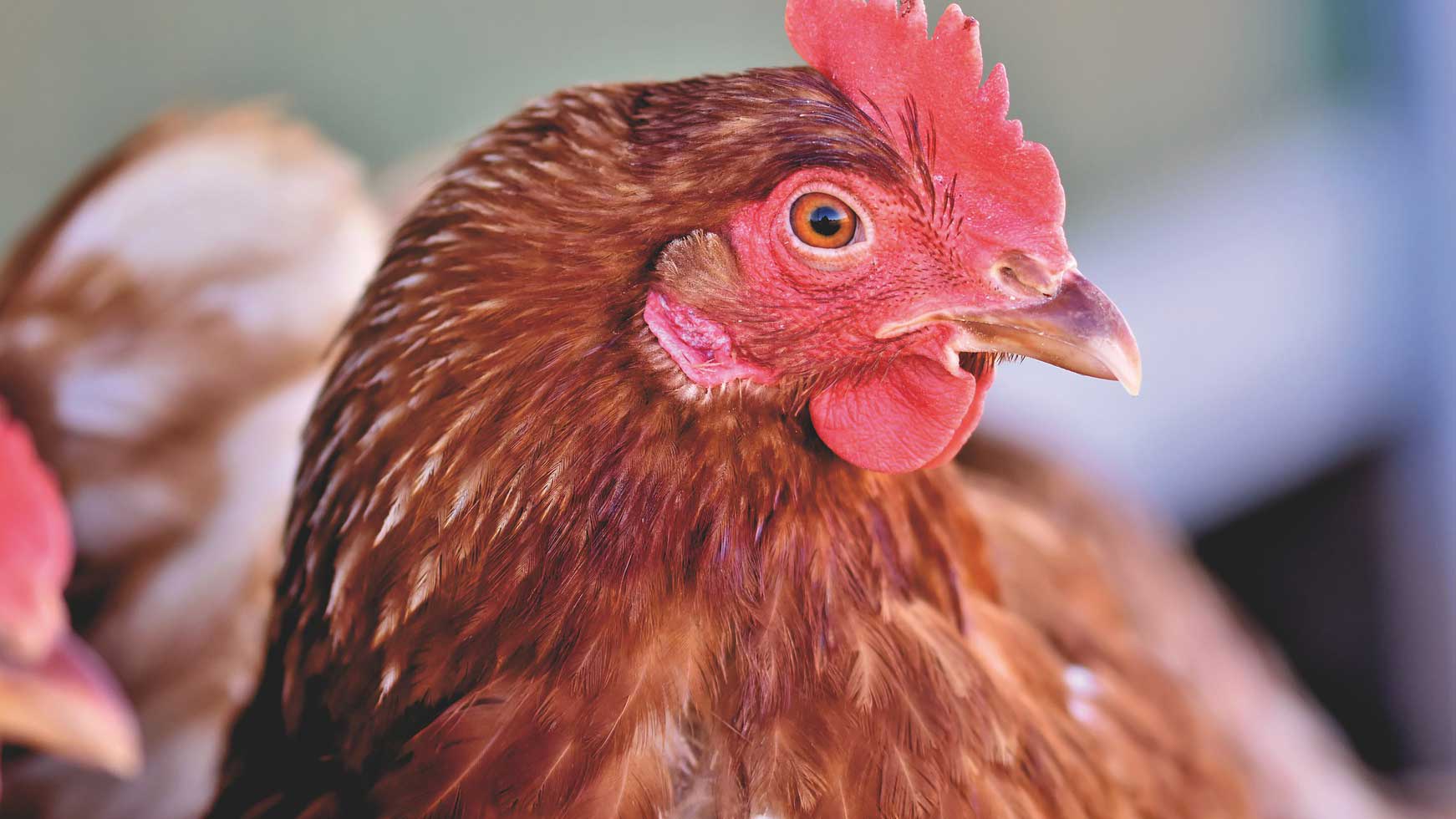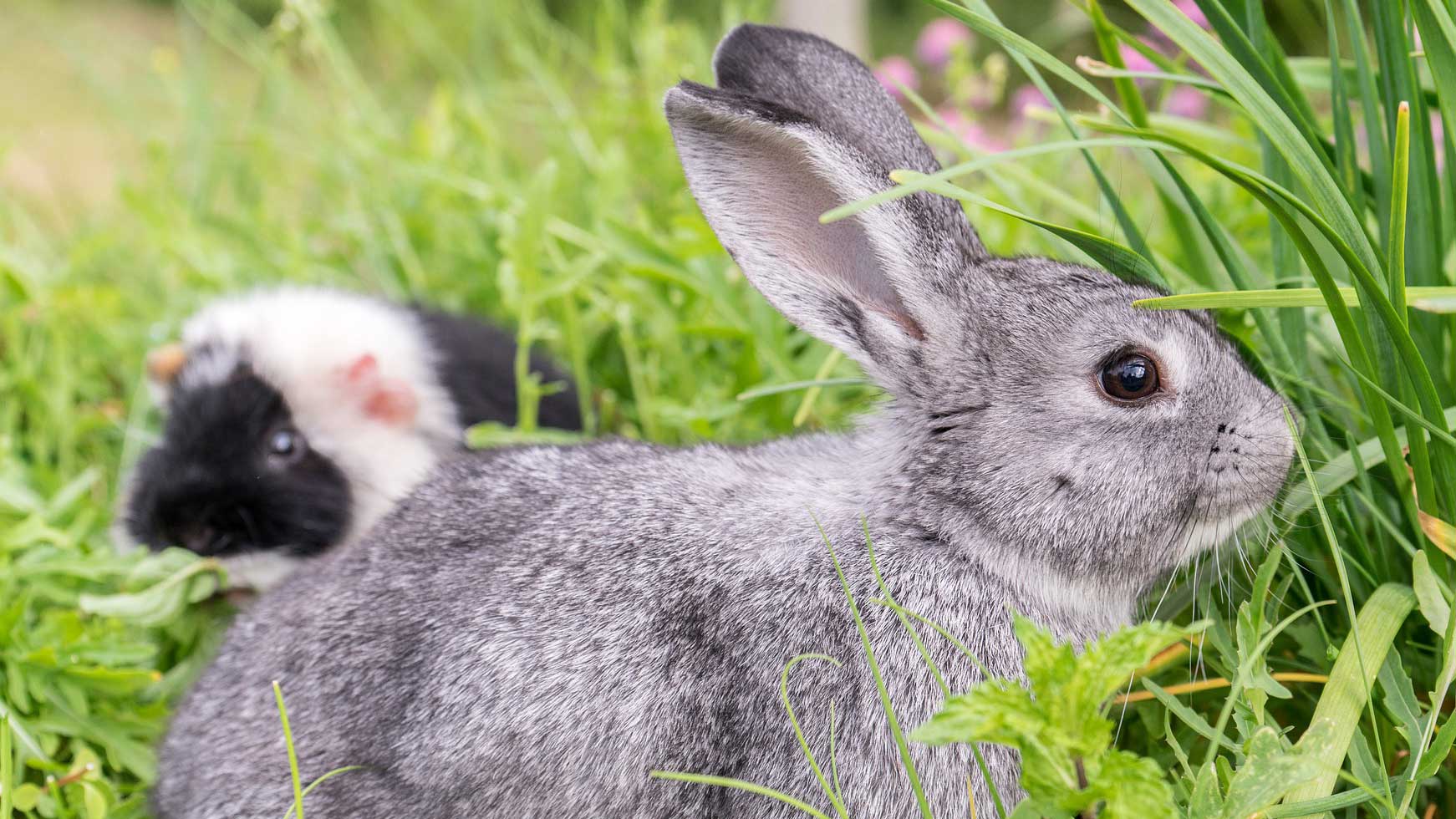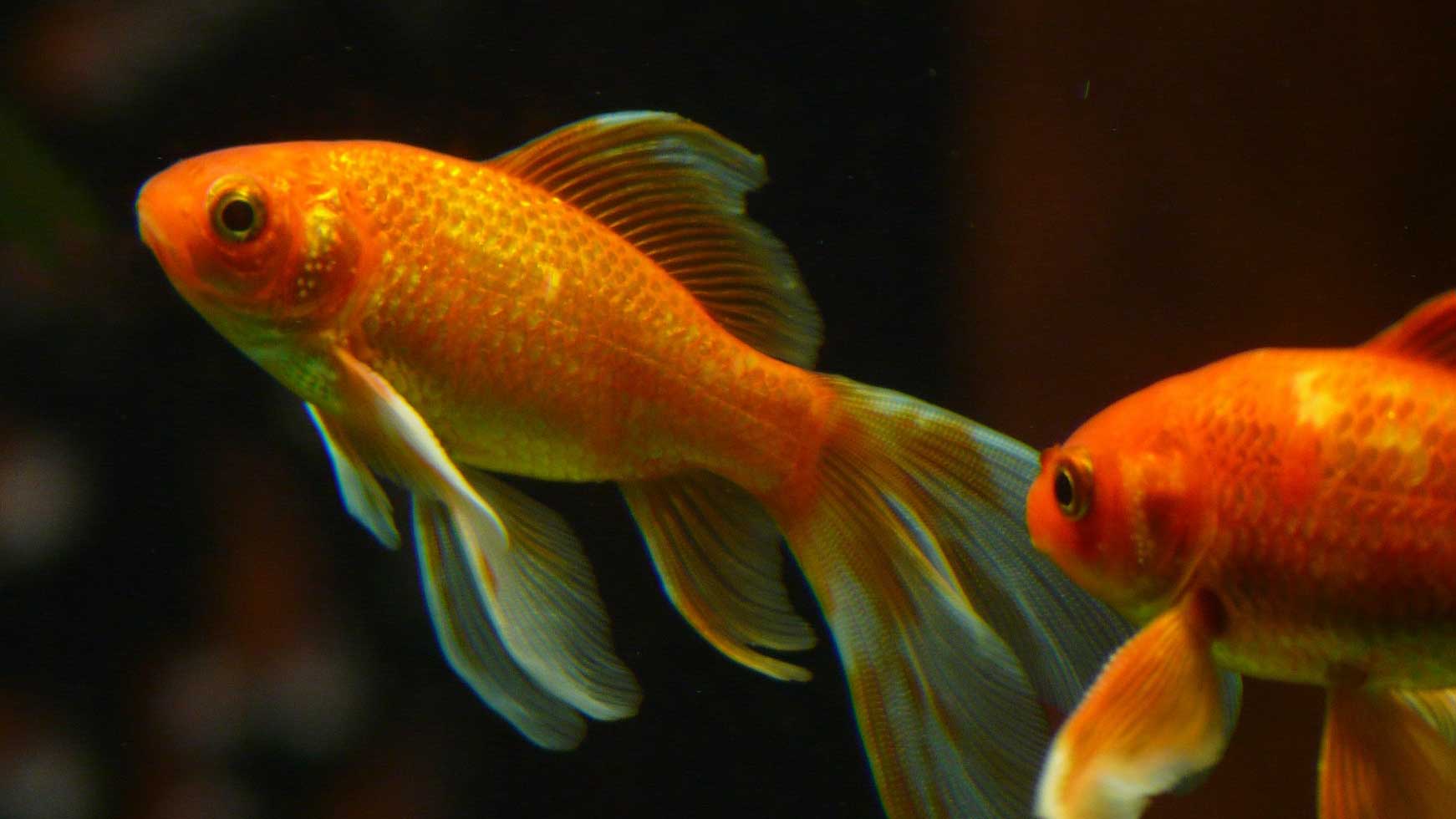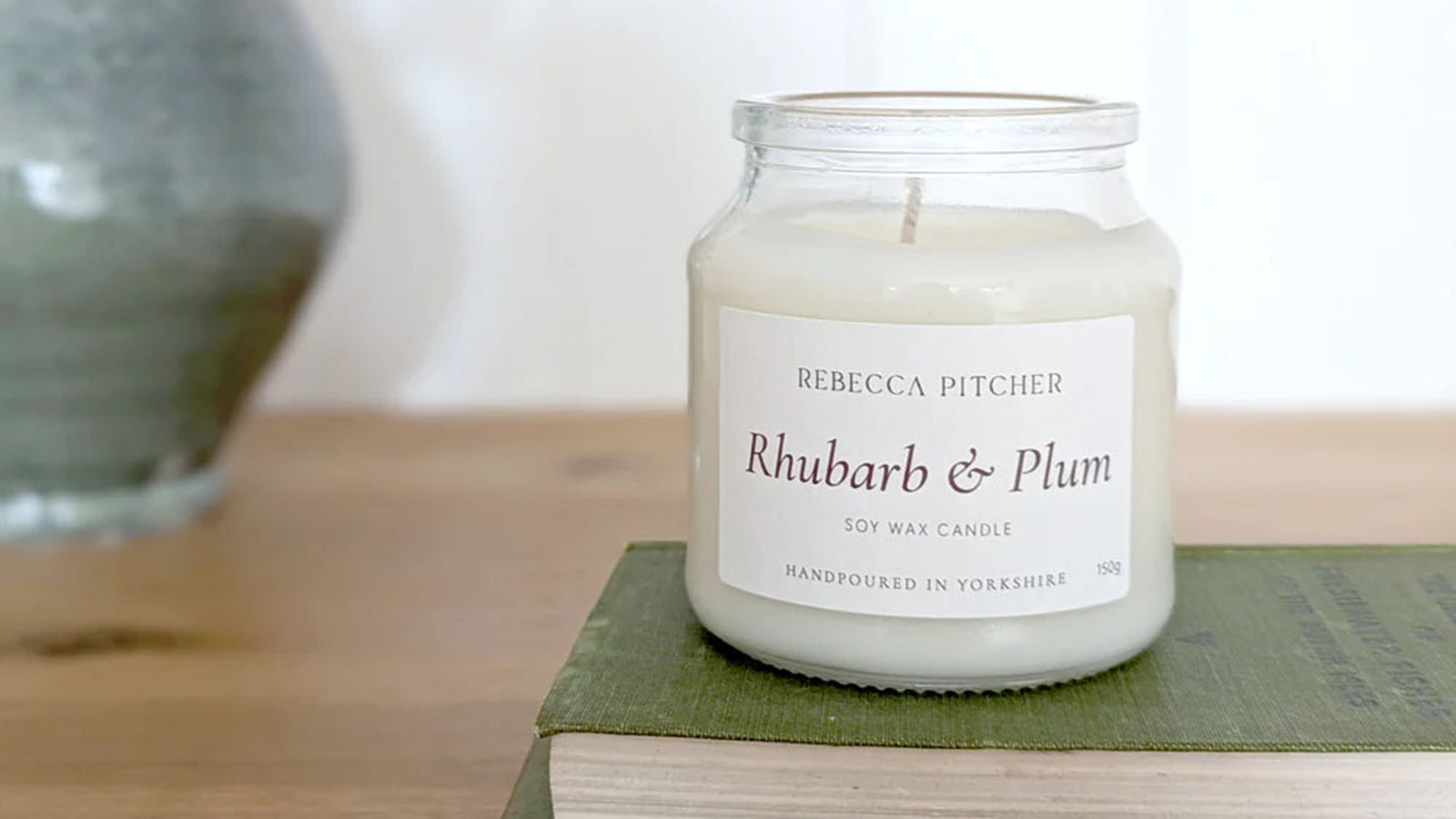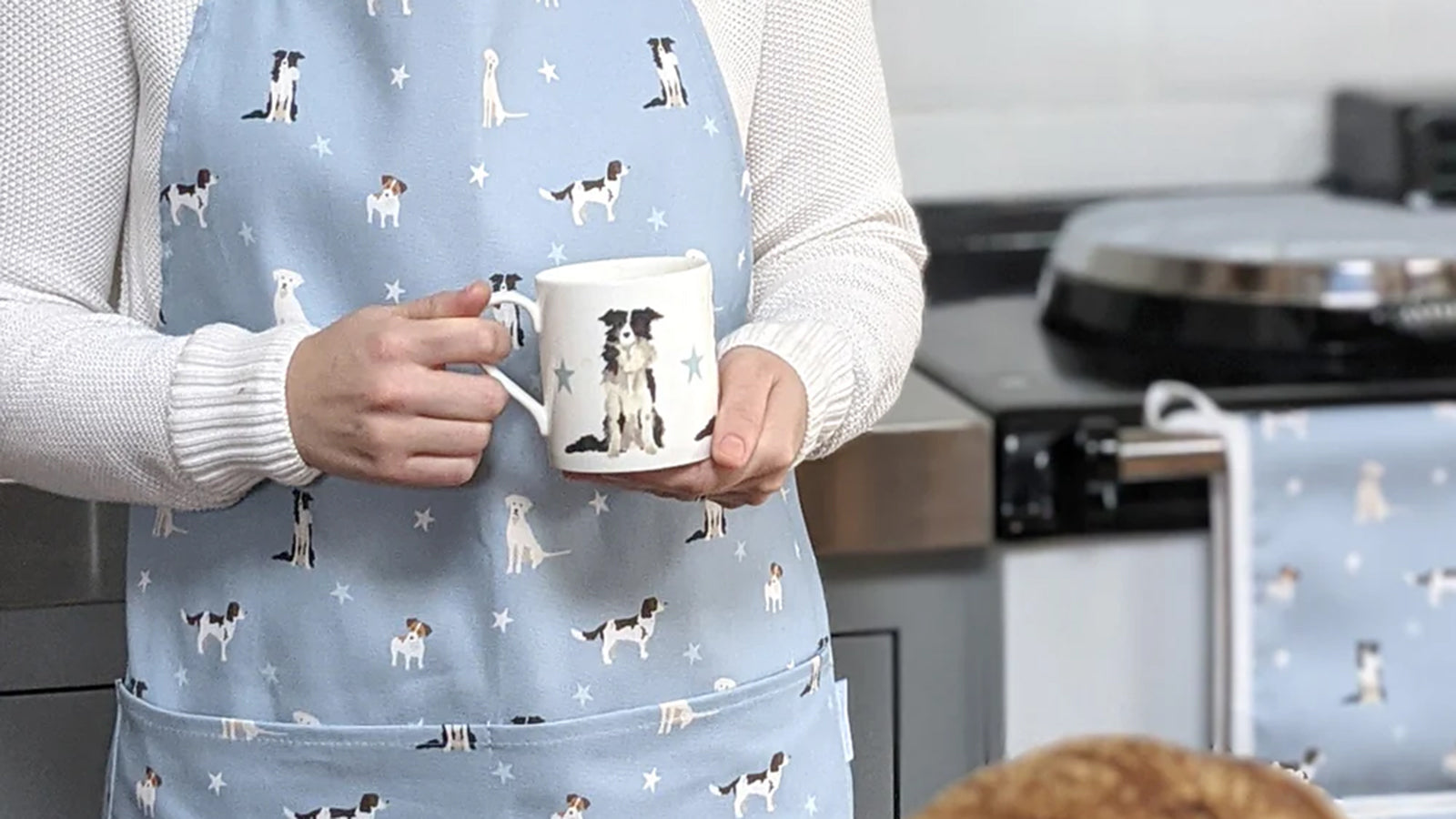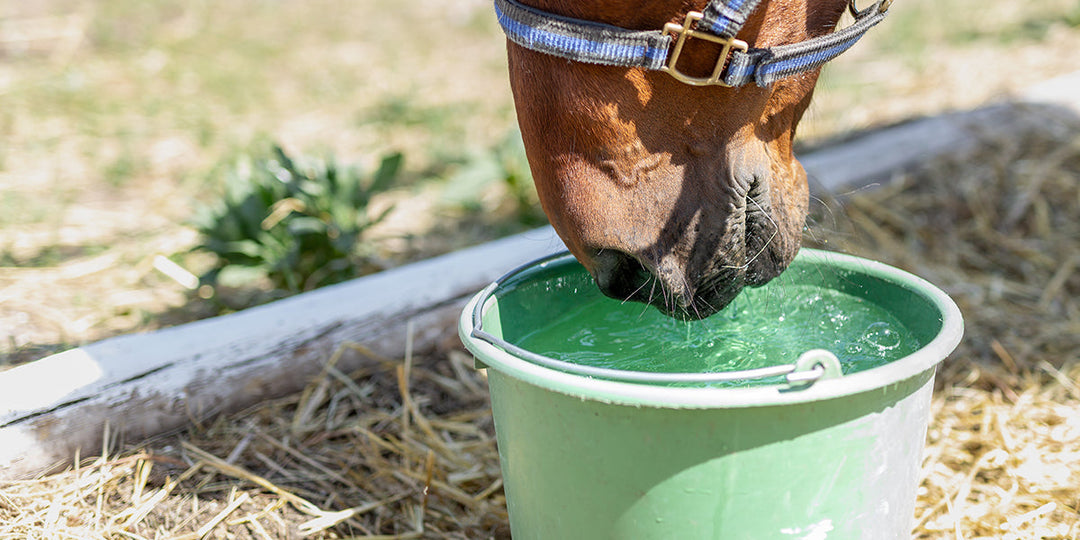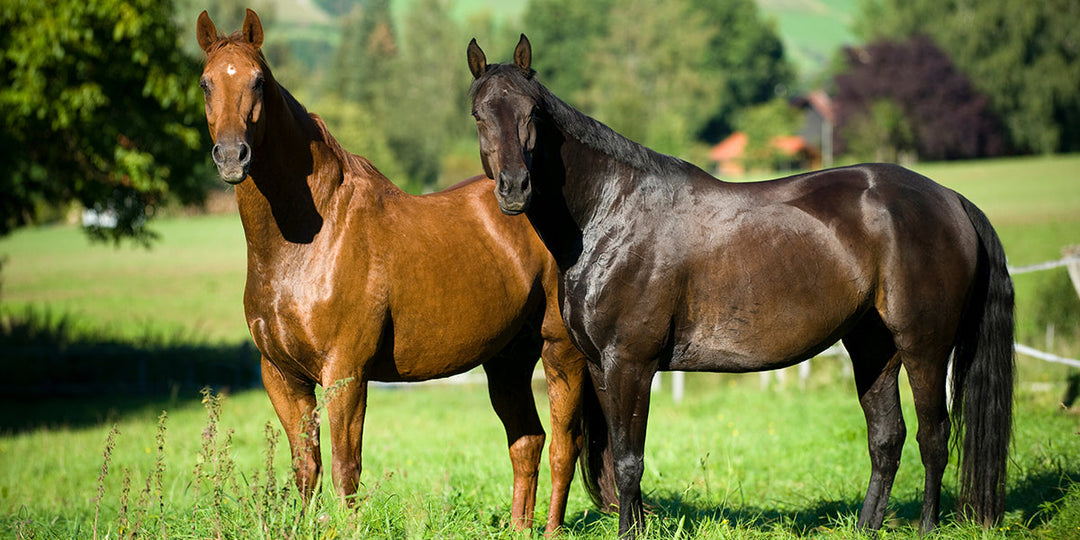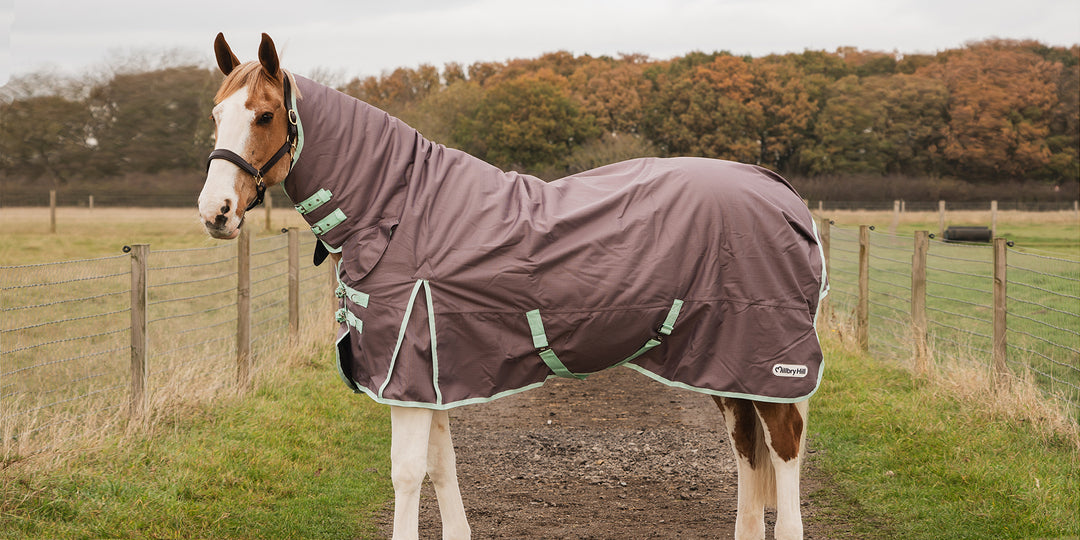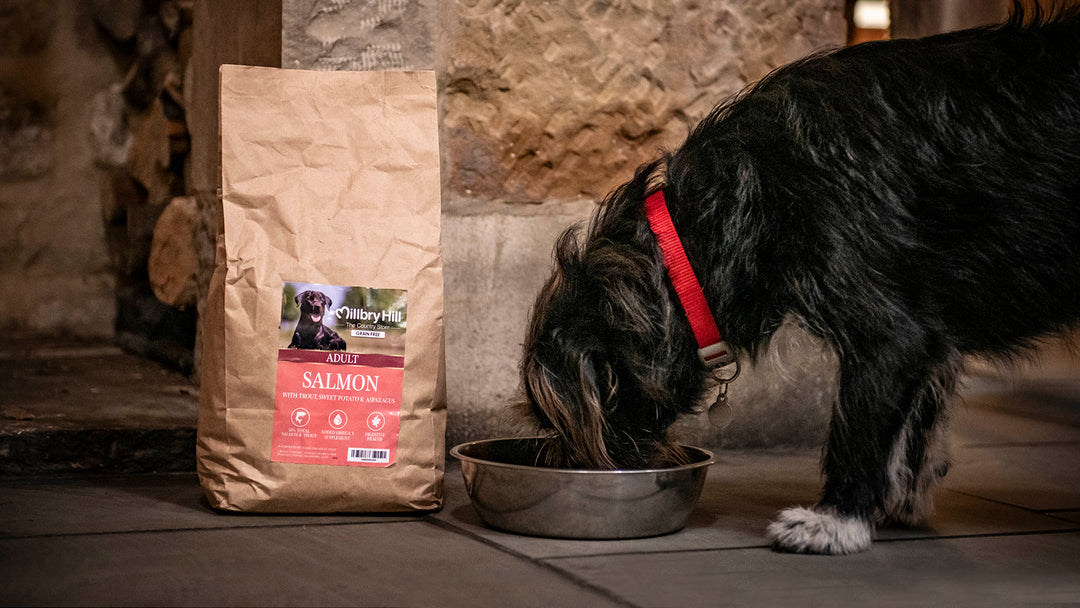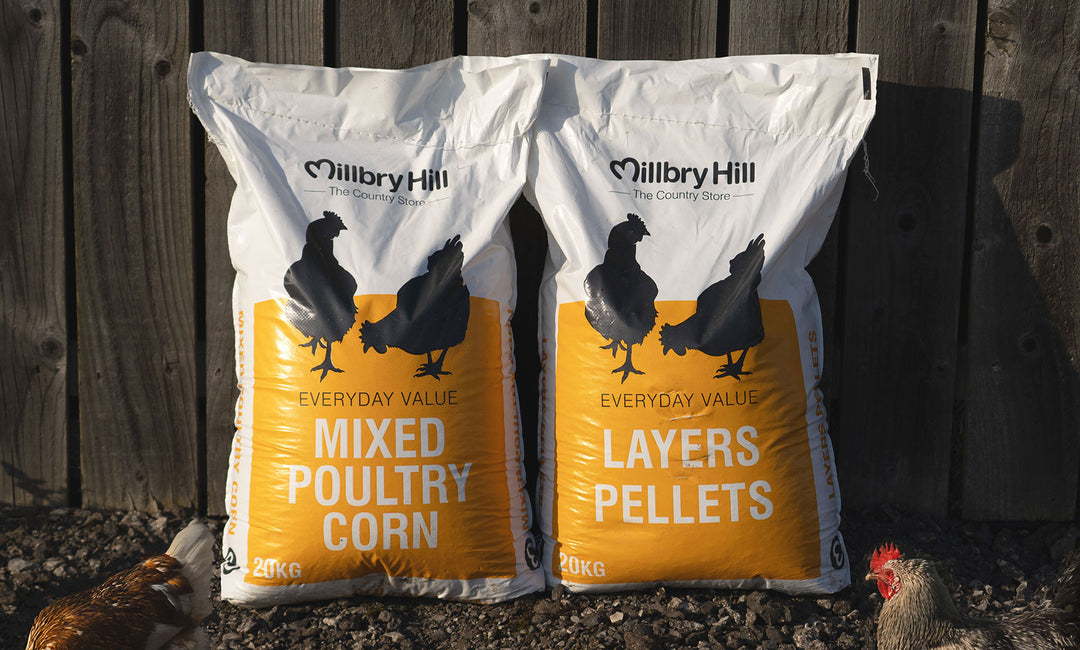Top Tips to Spot and Prevent Laminitis

We have teamed up with Hambleton Equine Clinic to help give you advice and understand what causes Laminitis and how we can help prevent this.
Laminitis is an extremely common condition but also one that a lot of people still don’t completely understand.
What is Laminitis?
Laminitis is painful inflammation and weakening of sensitive tissues that join the pedal bone to the hoof wall causing severe pain in the horse’s foot. In very mild cases and if Laminitis is caught in the early stages, appropriate treatment will resolve this quickly and with no lasting effect. If this is left untreated then it can result in the pedal bone become separated from the hoof with rotation and/or sinking of the bone within the hoof. In the most severe cases penetration of the sole by the tip of the pedal bone can follow, which can be fatal.
How do you recognise Laminitis?
• Your horse or pony may appear to be slightly pottery on their feet and in some cases may be reluctant to move
• Heat in your horses feet and there may be a stronger pulse in the heels arteries• General stiffness
• They will often try keep weight off their front feet as this will be painful by standing with their hind limbs under their body and their forelimbs stretched out in front – this often looks like it is a problem with their hind end
• Signs of pain or your horse not taking an interest in general surroundings
What causes Laminitis?
There are 3 main causes:
1. Overload laminitis This can be caused by too much concussion on the feet or when a horse is very lame on one leg and has to bear all of the weight on the opposite limb.
2. Inflammatory laminitis A typical cause of this would be grain overload when a horse/pony eats too much starch-rich grain which gets rapidly fermented and damages the gut leading the absorption of toxins causing diarrhea, illness and laminitis. Other diseases such as severe colic, diarrhea and a retained placenta can all cause laminitis as part of a severe inflammatory reaction.
3. Metabolic laminitis This is laminitis caused by Cushing’s disease and by Equine Metabolic Syndrome. Although different both of these diseases affect the way the body metabolises carbohydrate and therefore cause laminitis.
Horses or ponies who have suffered with Laminitis previously can be susceptible to recurrence.
What can be done?
• Call your vets so they can monitor your horse and diagnose the disease accurately – in some cases x-rays will be required to fully evaluate the condition• In mild cases most horses can recover with box rest, a restricted diet and some anti-inflammatory medication
• If a cause can be identified (e.g. Cushing’s disease) then appropriate management and medications can be started. It may be necessary to take a blood sample to make this diagnosis
• In more severe , or chronic, cases you may need to look at specialised shoes and remedial farriery – this something that your vet can advise you on and liaise with your farrier about
How can it be prevented?
• Limited access to lush grass – muzzles can be used when grazing and fencing off parts of your paddock with electric fencing can often help with strip grazing• Regular exercise to regulate body weight
• Avoiding sudden changes to your horse’s diet and being especially careful of concentrate foods that may contain high sugar contents
• Act quickly if you think that your horse may be overweight or may have a metabolic condition
For more information or if you require further help please visit:
http://www.hambleton-equine.co.uk/ or speak to one of their team: 01642 723132






